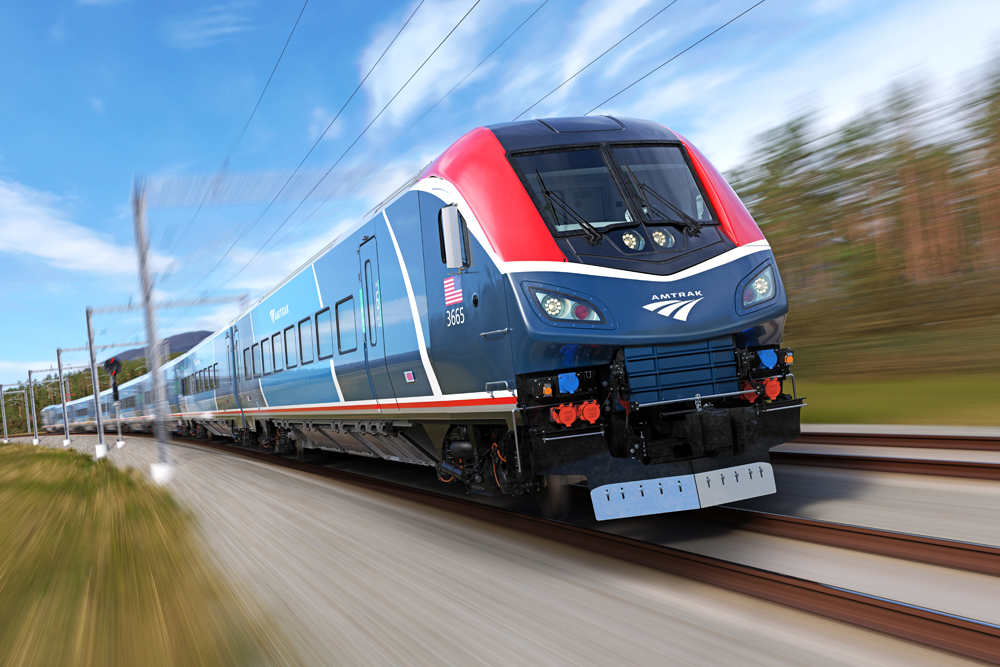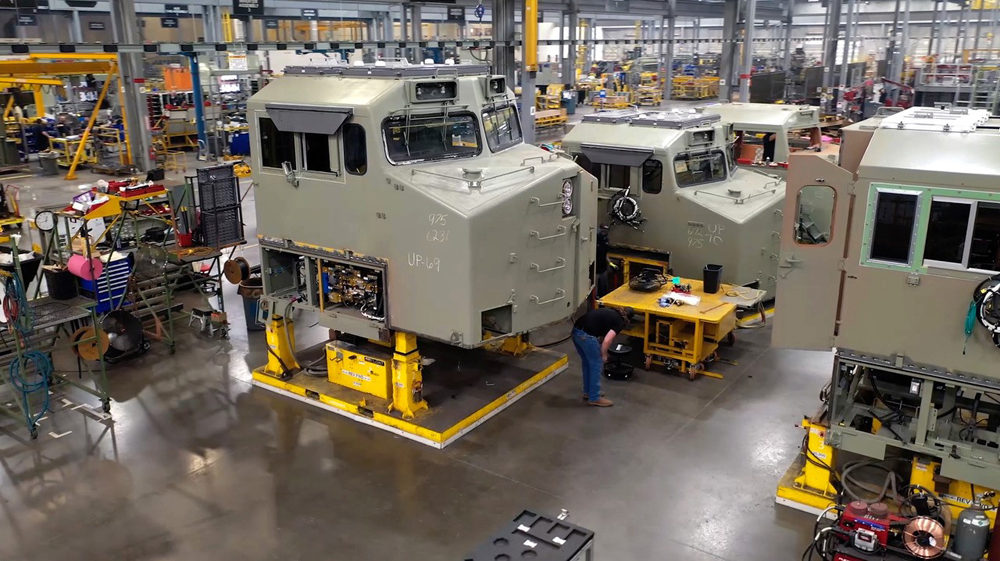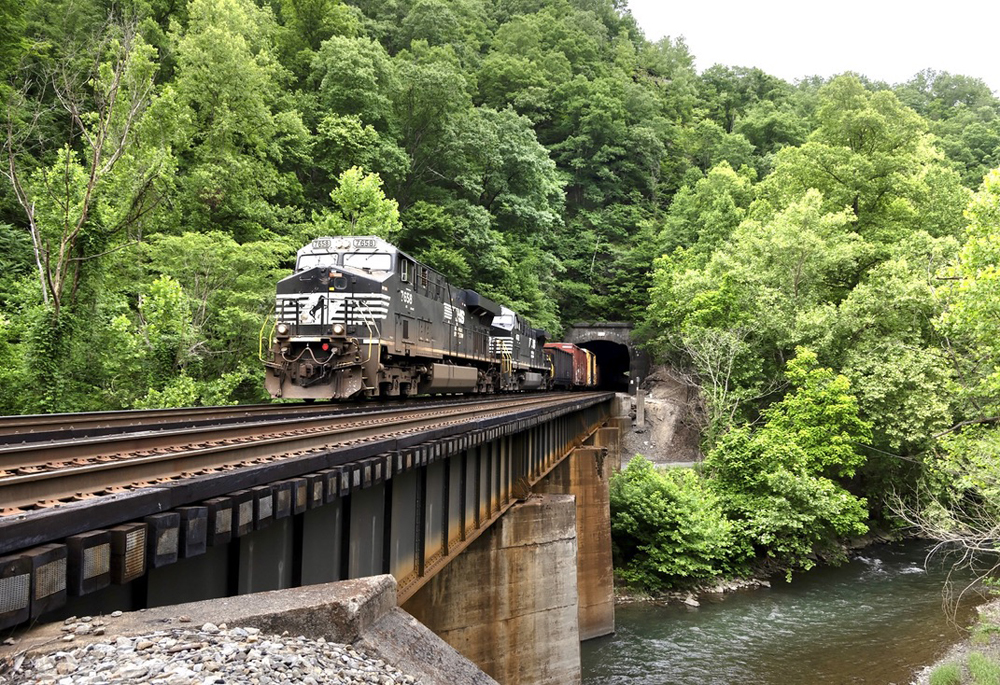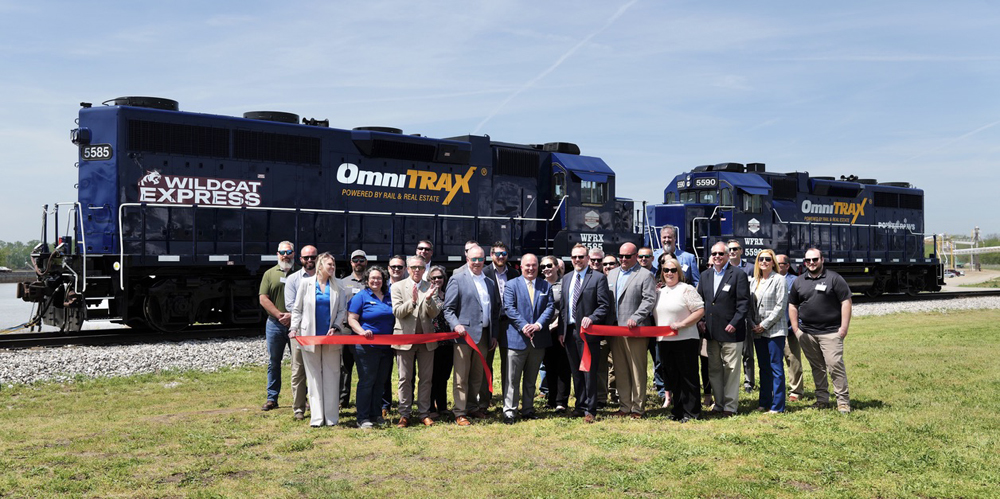
WASHINGTON — Communications issues within Amtrak have contributed to changes in equipment orders, costs increases, and schedule delays for Amtrak’s forthcoming Airo corridor equipment and the maintenance-facility changes planned to accommodate that equipment, the Amtrak Office of Inspector General in a report issued today (Tuesday, Dec. 27.)
As an example of what it calls “early challenges in stakeholder engagement,” the report notes that the company did not consult with personnel in its food and beverage personnel, or with product development officials, on the design of food-service cars before signing the contract with Siemens for what is now known as the Airo equipment.
When food and beverage personnel reviewed the design, three months after the contract was signed, they determined the galley layout was inadequate and would have to be fully redesigned. Among the problems were insufficient food-storage space for longer trips and a need for more space for customers to stand and move through the car. Because the contract had already been signed, the redesign required a $42.5 million change order, which will delay the delivery of the first trainsets by as many as 5½ months.
Similar problems occurred regarding the plans to update maintenance facilities to accommodate the new equipment. Amtrak did not assign staff to lead design and construction at the facilities until March 2021, 11 months after its engineering department began preliminary work, and did not involve personnel at all sites in the process. In February 2022, when officials visited the Seattle maintenance facility to verify their preliminary design, personnel in Seattle identified a problem that would have caused problems for maintenance and commuter-train operations, requiring a design change. This led Amtrak to halt design work until it could hold workshops at all 21 maintenance facilities, which could delay construction at those facilities by 10 to 13 months. The new equipment could begin arriving before the work at the maintenance facilities is complete, the report says, which could lead to “highly disruptive” temporary contingency plans to deal with maintenance of the Airo equipment.
The report notes the Office of Inspector General has previously noted stakeholder engagement issues within Amtrak. It recommends that the company “establish and implement controls” to identify all relevant stakeholders “to specify requirements early for all major capital programs,” and says it plans to continue to monitor and audit the Airo program as it moves forward. It says Amtrak agreed with its recommendation. And in its report summary, the OIG notes the company has taken steps to address the issues.














Well, Amtrak is not alone. The two projects in NYC to expand services at NY Penn and Grand Central are years late and way,way over their initial budget. Haven’t heard that any of those responsible for these messes have been fired or disciplined either. And billions of dollars involved here, not a mere $42 million.
“As an example of what it calls ‘early challenges in stakeholder engagement’ ” – bureaucracy-speak for gross incompetence and utter stupidity. The person who came up with that Orwellian line should be summarily fired.
2 questions:
1. Has anyone lost their jobs over this or had their wages garnisheed and/or bonuses slashed in an effort to recoup the money lost? (I already know the answer to that one.)
2. Can anyone tell me the last time, if ever, that an equipment procurement by Amtrak didn’t end up years late, and/or way over budget, and/or plagued with mechanical difficulties? My memory only goes as far back as the Acela trainsets, which were delivered years behind schedule; the HHP8s turned out to be rolling mechanical disasters, the Viewliner sleeper, diner, and baggage car order showed up years late; the Charger T4 locomotives are fraught with mechanical problems; and now this. This happens over and over again, and no one in charge of fiduciary responsibility in the Federal government has ever stood up and done something about it, to my knowledge. This is yet another example, the latest in a long line of incidents where the Worthless B……s in Washington treat our hard-earned tax dollars like so much confetti. Ah, but they’ll probably let it slide, again. I refer anyone reading this to the scene in Central Park of the TV show Billions, Season 1 Episode 3 “YumTime” to learn a lesson about what happens when we “let it slide”. (Hint: it’s smelly and it ends up all over everything.)
Just make a modern version of the AMFLEETS!
This is necessary, but reflects VERY POORLY on Amtrak’s design process. In the long history of Amfleet I cafe cars there has long been insufficient space for food storage–thus the all too common practice of attendants sprawling boxes of supplies all over one or more tables in the dining section of the cars. With the conductors coopting a further full four top on the VERMONTER this all too often means one and half tables at best are open for passengers–and still too often food essential runs out southbound before arrival into Baltimore.
Runs like the VERMONTER, MAPLE LEAF, CAROLINIAN, ADIRONDACK and the PALMETTO are so long that proper food stocking is a truly daunting challenge–particularly since Amtrak all too typically no longer allows restocking at end points like St. Albans, Vermont.
If the design team didn’t know about this the damn well should have. The issue has been an open sore since the fist Amcafes arrived in 1973. Even on Superliner services, and particularly with “Diner-lite” Amfleet II lounge-cafes on trains like the CRESCENT, CARDINAL and SILVER STAR this problem festers. But of course no one at the design team I suspect had ever spent 31 hours on the SILVER STAR from New York to Miami with the lounge-car out of food by the end of the first day.
The only positive is someone eventually thought to interview real OBS Service Attendants. Too bad it was $42M late!
Never fear though. Stevie and the fly boys will get a substantial bonus. Just wait and see.
Based on their recent “track” record I wouldn’t buy Siemens rolling stock if it were free.
Inspector General should be inspecting why it costs $42 Million for a design change.
At least the trains run on time…
Our decisions here at headquarters are final. Persons in the field are not needed for doing things. Well when the know it alls are finally confronted we have wha is happening. How soon will it take for the pols to strike?
Cool Hand Luke…”What we have here is a failure to communicate.” Too many silos (fiefdoms}
I have to question how the change caused a 42.5 million dollar cost overrun? Its not like the first completed car had already rolled off the assembly line.
That’s exactly my question.
Have they resolved the problem of usable steps for low-level platforms?
Mayor Pete, where are you? Oh, I forgot. You are completely absorbed with the service meltdown at Southwest Airlines. Amtrak is small potatoes as far as you are concerned. Just throw some more $$$ at it and let me tend to important things. And FRA administrator Amit Bose? Hiding out somewhere.
Most of us railfans could do a better job of running Amtrak and designing new equipment that will actually work and run well and come off the assembly line at the time they are expected to. What happened to the days when railroads actually hired and promoted real railroaders who operated the trains as well as did all the repair work and rebuilding the equipment as needed? Today it is the old story of who you know with influence and patronage not what you know or posses the skills and knowledge to make a railroad work and run efficiently. Besides this new equipment if and when it finally hits the rails is never going to break longevity records or many years of service….if Amtrak gets 25 years of service out of this new equipment a miracle indeed
Joseph C. Markfelder
This isn’t the first time. As soon as the “new” dining cars were put into service, I recall that the staff had to commandeer a table and seating group for storage, and there were also stacks of cartons on the floor near one of the doors. Super planning!
Maybe Amtrak should bring some “Southwest ” brains on board. LOL
Typical of most business settings today failure to consult with the people who are going to be working with the new programs, equipment, facilities, etc.
Wash, rinse, repeat. We see this over and over again. Lack of competent leadership.
Moral of the story: consult everyone before signing a contract.
Another example of a totally dysfunctional organization.
No surprises here. With no one with any actual railroad operating experience in the executive suite, chaos can be expected when they are out of their airline safety zone.